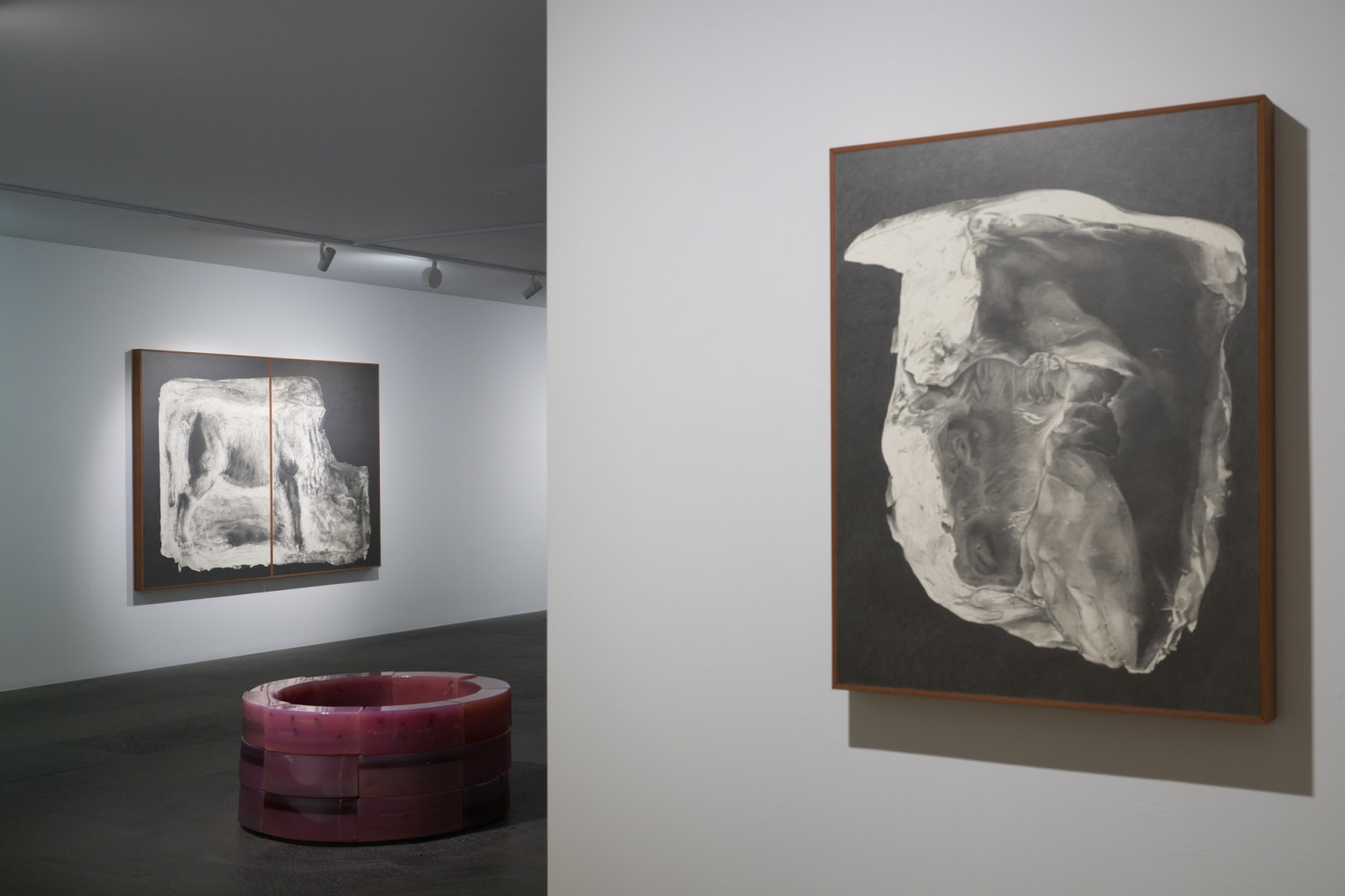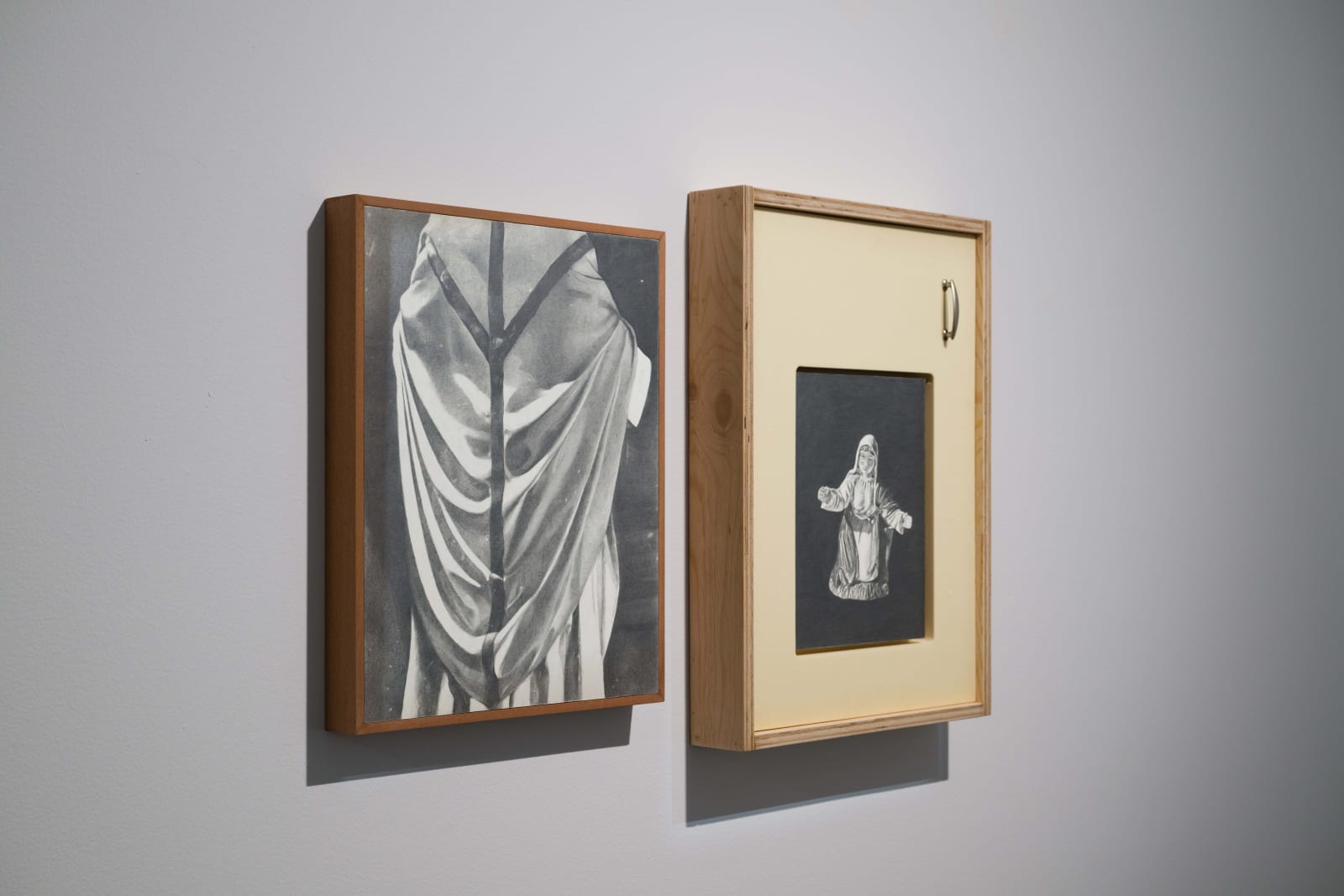Tang Kwong San‘s Rootstock is reviewed by Yim Ka-Pak for Ming Pao, featured in Ming Pao's 4 October 2024 print issue.
Why paint when you can speak? The world beyond words has no name, yet it still exists and can still be perceived. In recent years, artist Tang Kwong San has been accumulating creative materials and emotions. He says, “At the beginning, I had an impulse to chop down a Bauhinia tree. He took a brass axe and chopped down a Bauhinia tree - chopping down the tree reminded him of the Aesop fable “The Honest Woodcutter.” The sterile Bauhinia tree reminded him of the religious figurines that he had picked up at the refuse collection pointt. The fables are mixed and intertwined, and become a carrier of emotions - unspeakable, then drawn out one by one.
-
Tang Kwong San paints objects. Together, these objects delineate a fable. He explains, “Some objects, as physical existences, actually accumulate a lot of things on their own." In the process of his paintings, objects tell stories - except for Bauhinia Variegata I (2024) and Bauhinia Variegata II (2024), which are oil paintings, the rest of the paintings are created with a 0.5mm, 4B mechanical pencil. The images are in grayscale, with clearly visible strokes. "By deliberately removing the backgrounds of all the paintings, the whole exhibition seems to me to be a reorganization of the fable.“ Instead of blackening, it is more like rubbing a large amount of graphite onto the canvas, “Using the same tool, we can see each action from the painting. Becuase each stroke is so visible, it is very easy to see how much time has been spent on the work. But this is not the case with oil paintings, which are layered and can cover up what you have done before."
Learn more --
混雜物料交織情感 錄像畫作重組寓言故事 - 20241004 - 副刊 - 開眼 - 明報新聞網 (mingpao.com)





